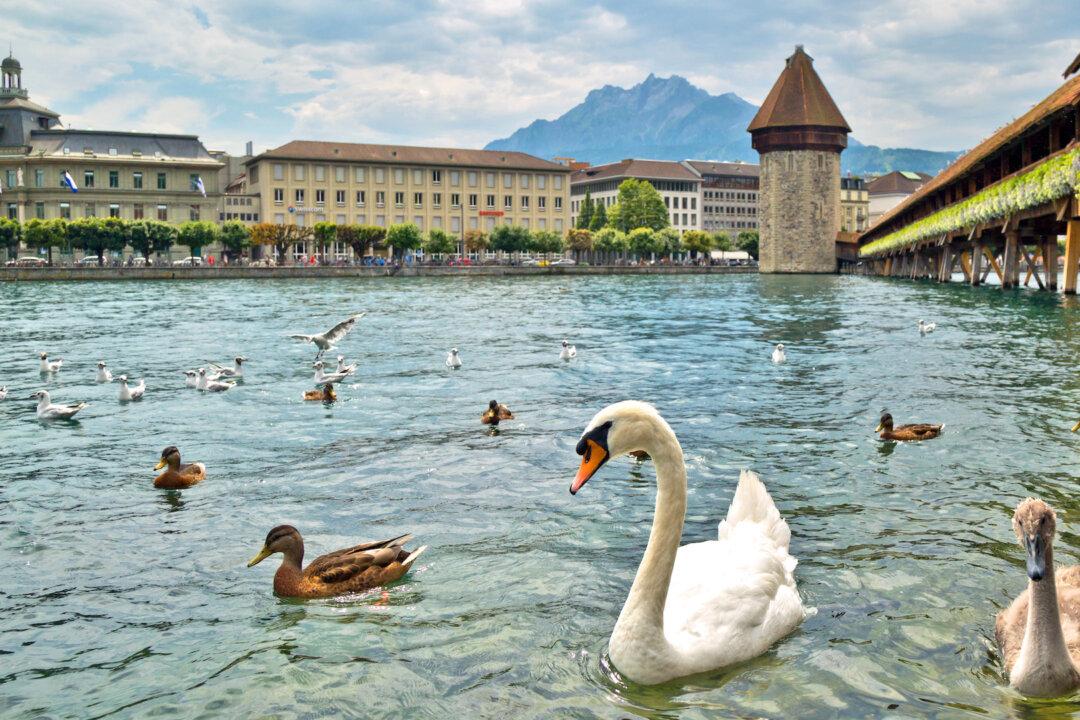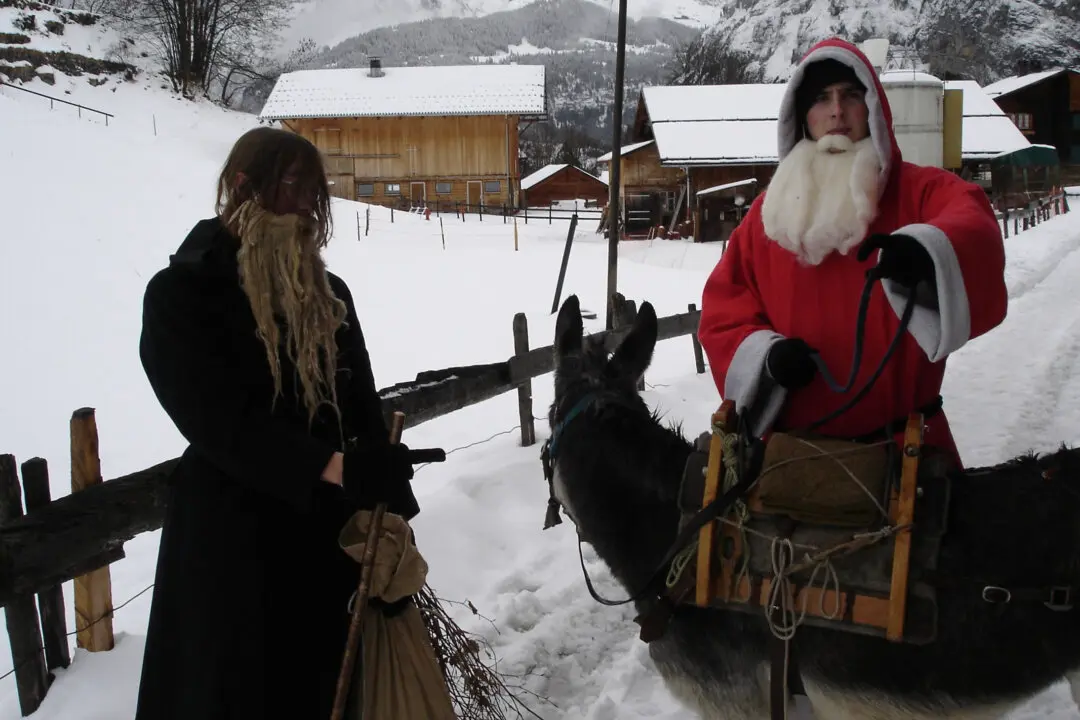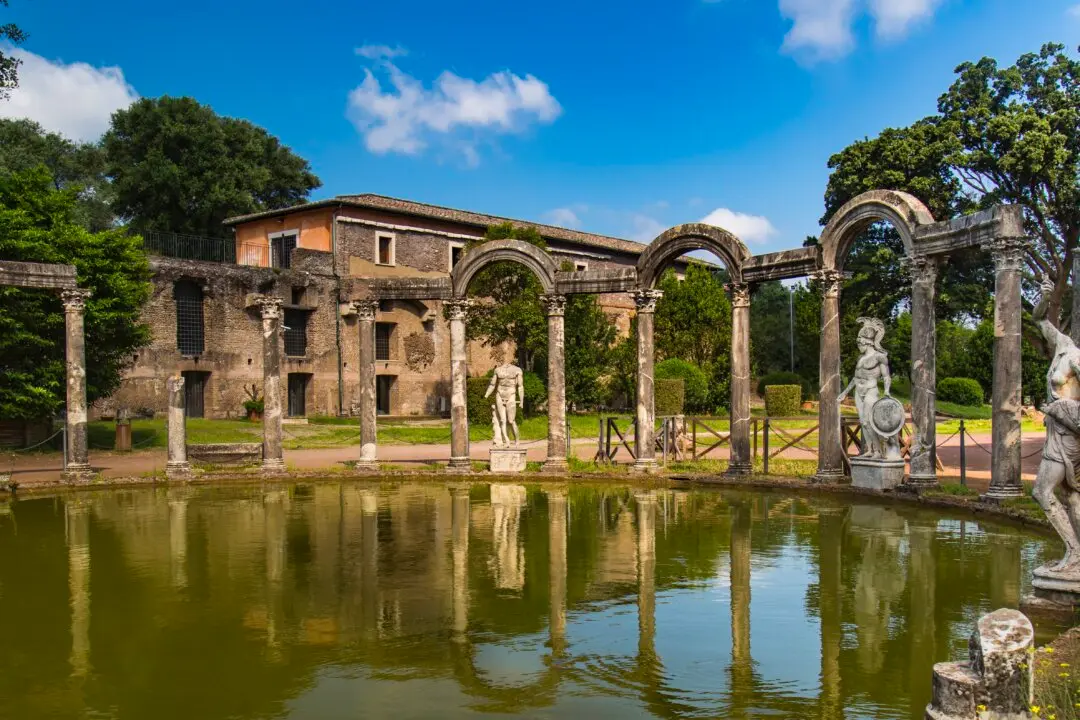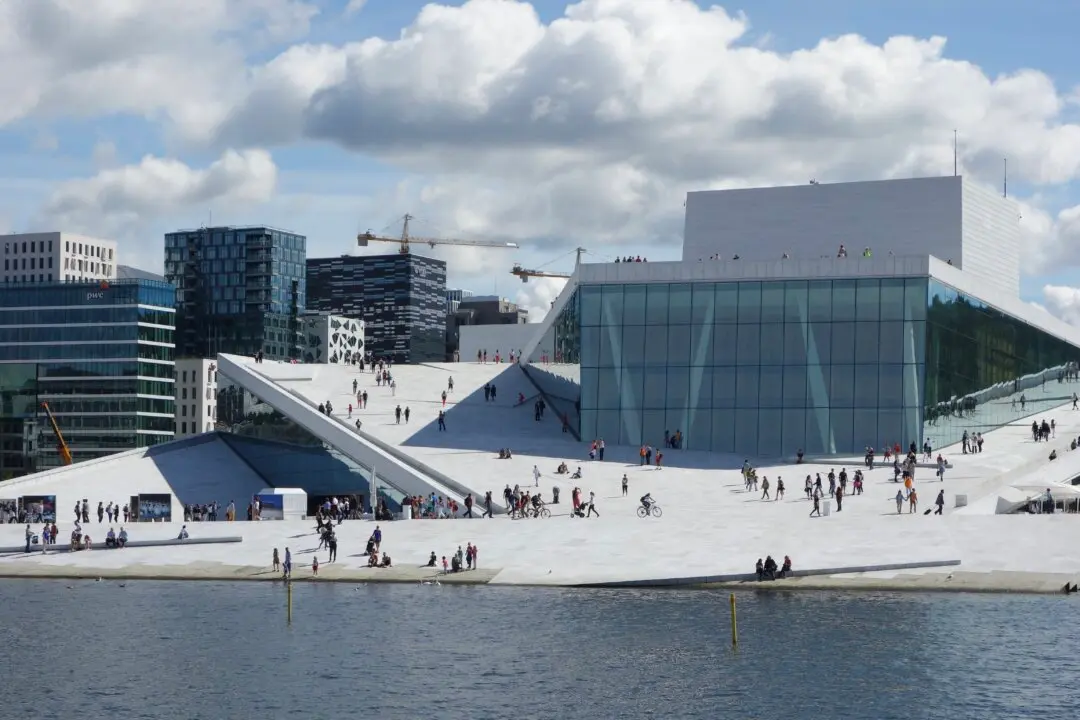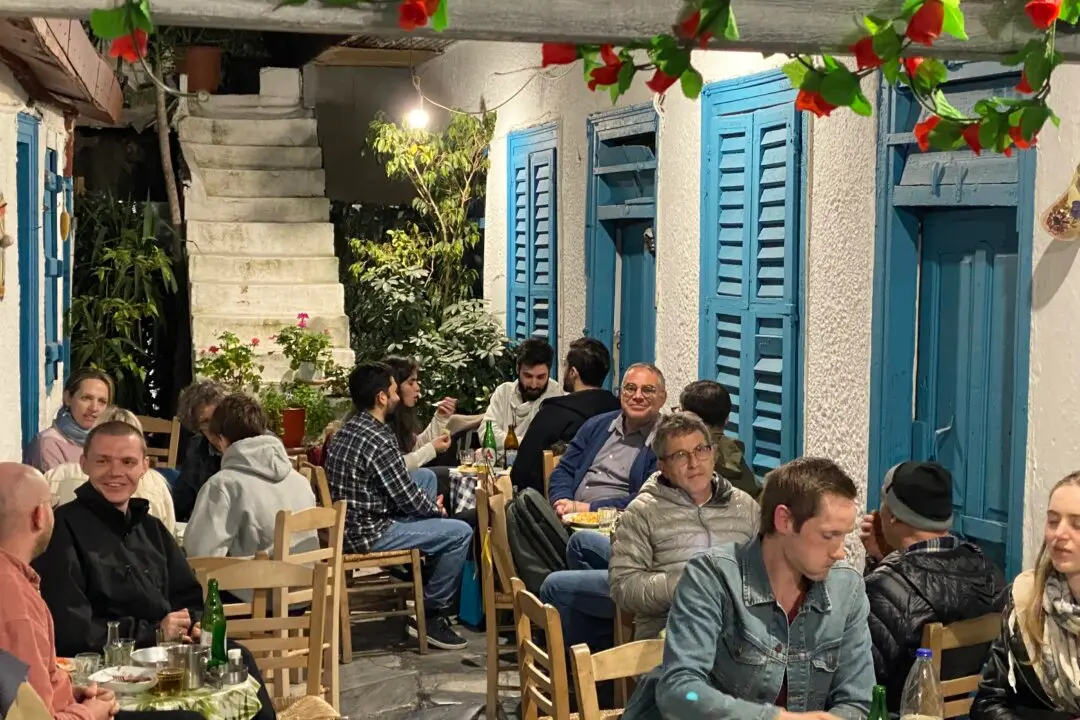Swiss cities remind me of the guy at high school who’s great at sports, has perfect hair and the best girlfriend, and whom all the teachers love. He’s just too perfect. Sometimes you just want to see him trip or get a pimple. Switzerland’s cities can seem too perfect, too. For me—and most travelers—the mountains provide more real travel thrills per mile, minute, and dollar. But don’t neglect the pristine urban offerings in Zürich, Luzern, and Lausanne. With interesting art, colorful old towns, and serene waterfront settings, these cities are worthy stops as you head for the hills.
Zürich, located in the north, is Switzerland’s biggest city—and a major transportation hub. Even though you won’t find a hint of Heidi or the Swiss Miss, Zürich makes for an enjoyable quick visit.

